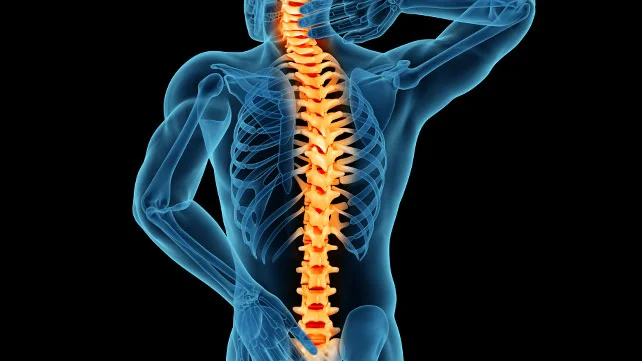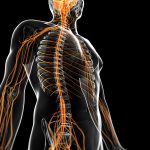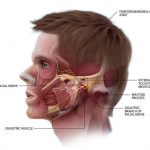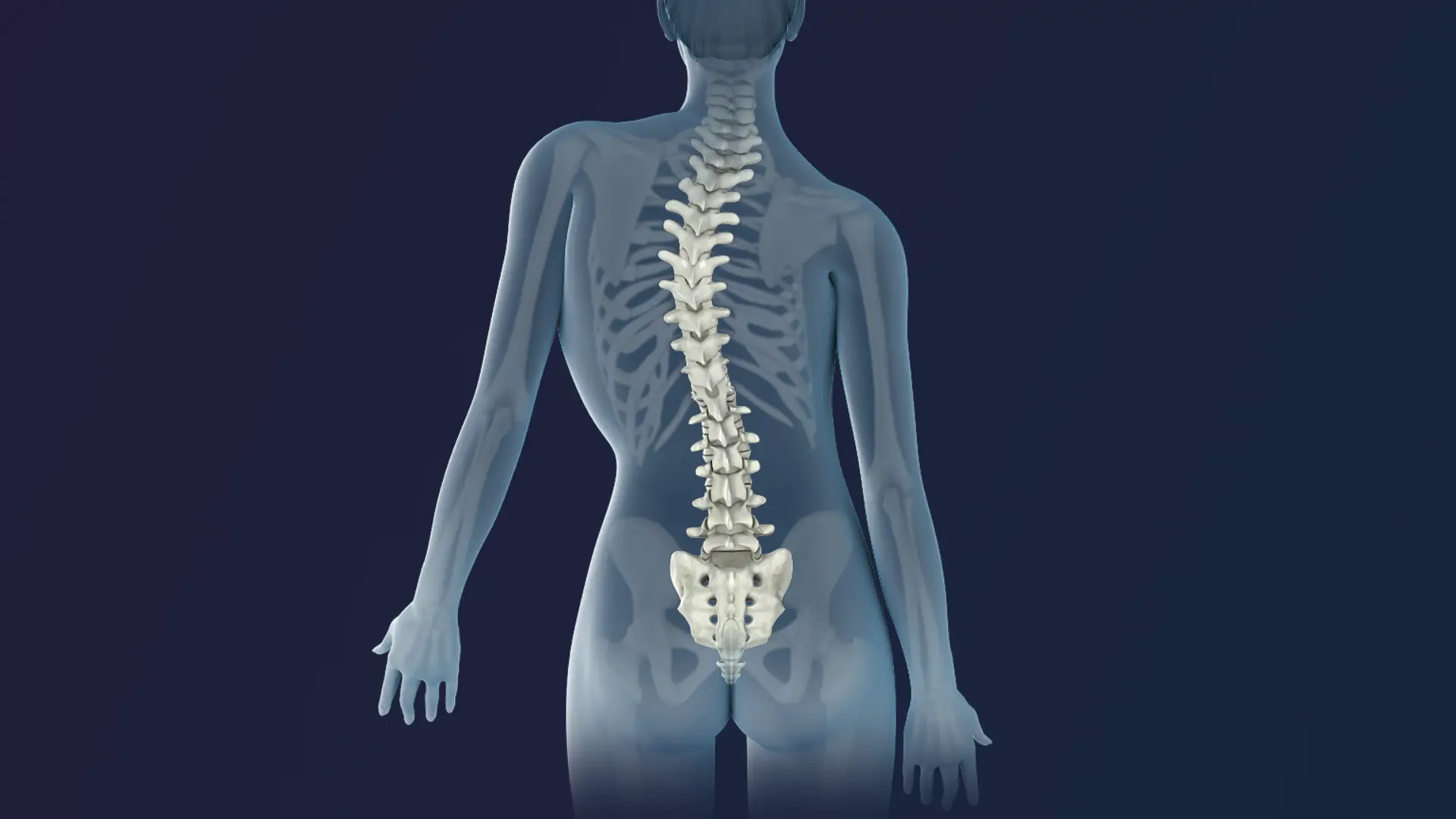Chiropractic care can be beneficial for those suffering from spinal stenosis. A chiropractor is trained to help correct misalignments in the spine and restore normal joint function.
By realigning the vertebrae, chiropractic adjustments can reduce pain, improve mobility, and improve overall well being. Regular spinal adjustments can alleviate pressure on the nerves and discs that may be causing or aggravating your condition.
Additionally, a chiropractor may recommend exercises and stretches to help enhance flexibility, strength, and stability in your spine. With regular visits, you may notice significant improvements in your symptoms associated with spinal stenosis and an overall improvement in your quality of life.
What Can Make Spinal Stenosis Worse?
Spinal stenosis is a condition in which the spaces around the spinal cord narrow and cause compression of the nerves. The most common cause of this condition is aging, but it can also be caused by injuries or diseases.
Factors that can make spinal stenosis worse include physical activity, obesity, scoliosis, smoking, and certain medical conditions such as diabetes or high blood pressure. Overusing certain muscles in the back and neck can also lead to worsening of symptoms. Furthermore, poor posture or wearing tight clothing can put extra strain on the spine and aggravate existing symptoms.
Additionally, standing for long periods of time or lifting weights incorrectly can add stress to the spine which may lead to further narrowing of the spinal canal and an increase in pain and other symptoms associated with spinal stenosis.

Should You See A Chiropractor For Stenosis?
If you are suffering from stenosis, it is a good idea to see a chiropractor. Chiropractic care is a safe and natural way to treat stenosis without the use of drugs or surgery.
A chiropractor can help reduce pain and inflammation associated with stenosis by performing spinal adjustments, which will improve mobility and reduce pressure on the spine. Additionally, they can provide exercises that can strengthen muscles that support the spine, helping to prevent further damage.
Finally, chiropractors may also suggest lifestyle changes such as diet and exercise that can help manage symptoms of stenosis. Ultimately, seeing a chiropractor for stenosis is an effective and non-invasive treatment option worth considering.
What Is The Latest Treatment For Spinal Stenosis?
The latest treatment for spinal stenosis is a multi-faceted approach that includes physical therapy, medications, and lifestyle changes. Physical therapy can help to reduce pain and improve mobility by strengthening the muscles around the spine and improving flexibility.
Medications such as anti-inflammatories, muscle relaxants, and opioid analgesics can be used to help reduce pain and inflammation. Lifestyle changes such as regular exercise, weight loss if necessary, quitting smoking, proper posture when sitting or standing, ergonomically designed chairs/desks at work/home can also help reduce symptoms associated with spinal stenosis.
Surgery may be an option for severe cases of spinal stenosis if other treatments are not effective. This would involve decompression surgery to remove the pressure from the nerves in the spine or fusion surgery where two or more vertebrae are fused together to stabilize the spine.
What Should You Avoid Doing If You Have Spinal Stenosis?
If you have spinal stenosis, it is important to avoid certain activities that may make your condition worse. It is important to avoid activities that require extreme twisting or bending of the spine. Activities such as golfing, tennis, and weightlifting should be avoided as these can cause an increase in pressure on the spine and worsen the symptoms of spinal stenosis.
Additionally, avoiding prolonged sitting or standing as well as carrying heavy objects can help reduce compression of the spine and reduce discomfort. It is also important to keep a healthy lifestyle by eating a balanced diet and exercising regularly which can help maintain proper posture and reduce strain on the spine.
Lastly, it is essential to talk to your doctor before starting any new exercise regimen or making any major lifestyle changes so they can properly assess your condition and provide advice accordingly.
What Causes Stenosis To Flare Up?
Stenosis is a medical condition that can cause pain and discomfort in an individual’s joints, muscles, and other body parts. There are several factors that can cause stenosis to flare up, including age, genetics, trauma or injury to the affected area, overuse of the joint or area, arthritis or degenerative conditions, misalignment of bones and joints, spinal abnormalities such as scoliosis or spondylosis, and narrowing of the bone canal. Stenosis may also be caused by tumors or cysts in the affected area. The symptoms of stenosis can vary from person to person depending on which type is present.
Common symptoms include pain when moving the affected joint or area, numbness and tingling sensations in the extremities such as hands and feet, muscle weakness in the affected area, burning sensations in skin around the affected joint or area, and difficulty walking due to stiffness.
It is important for individuals with stenosis to consult their doctor if they experience any of these symptoms so they can receive a proper diagnosis and treatment plan.
What Is The Latest Treatment For Severe Spinal Stenosis?
The latest treatment for severe spinal stenosis is the minimally invasive decompression surgery. This procedure is designed to reduce the pressure on the nerves and other structures of the spine caused by spinal stenosis.
During this procedure, a surgeon will make a small incision in the lower back area and then use special instruments to remove any material that may be compressing the nerves or other structures.
This can help to relieve symptoms such as pain, numbness, tingling, and weakness in the legs. In addition to this, physical therapy can also be used to help improve mobility and reduce pain levels associated with severe spinal stenosis. It is important to talk to your doctor about what treatment options are best for you.
How Do You Fix Spinal Stenosis Without Surgery?
Spinal stenosis is a condition that can be effectively treated without surgery. Non-surgical treatment options may include a combination of physical therapy and medication. Physical therapy can help to strengthen the muscles in the back, improve posture, and increase flexibility.
Prescription medications such as anti-inflammatories or muscle relaxers may be helpful in reducing pain and inflammation. In addition, injections of corticosteroids into the spinal canal may also be used to reduce swelling and alleviate symptoms.
Other non-surgical treatments may include weight loss, lifestyle modifications (such as avoiding activities that cause pain), yoga or tai chi exercises, massage therapy, acupuncture, chiropractic care, or wearing a brace or corset to support the spine. Ultimately, it is important to work with your doctor to determine which treatment plan is best for you.
Is There An Alternative To Surgery For Spinal Stenosis?
For individuals suffering from spinal stenosis, surgery is often seen as the only viable option for relief. However, there are alternative treatments that can be used to manage symptoms and improve quality of life.
Non-surgical treatments such as physical therapy, yoga, acupuncture, chiropractic care, massage and other therapies can all help to reduce inflammation, strengthen muscles and ligaments in the spine, and improve mobility. Medications such as corticosteroids or nonsteroidal anti-inflammatory drugs (NSAIDs) can also be used to relieve pain and inflammation.
Additionally, lifestyle modifications such as maintaining a healthy weight and avoiding activities that put too much stress on the spine can help to lessen symptoms. Ultimately, it’s important for individuals suffering from spinal stenosis to work with their doctor to determine the best course of action for their individual needs.
We have another informative, related article here, where we ask can chiropractors help with scoliosis.




